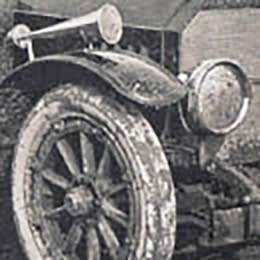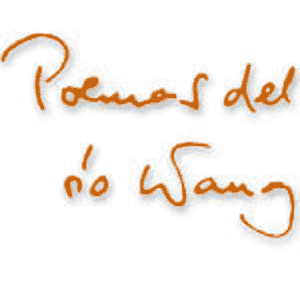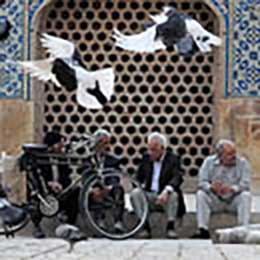

 Ushguli is the highest inhabited point of Europe, if you draw the borders of Europe on the basis of where the twelve-star flag is put on border stations and public buildings. On this basis, Georgia is Europe, and my native Hungary is not. In the narrow valley of Svaneti along the Inguri, it was possible to expand only upwards. For three thousand years, every inch of arable land found its owner. From Ushguli there is no more upwards, the ever-snowy border mountains rise here. On the other side lies Kabardino-Balkaria in Russia, and the Elbrus. The treasures, icons and codices saved from the enemy invading the plains also marched up the valley, and the ones that were not reclaimed by the owner after the invasion have remained here. The three village districts of Ushguli are dotted by seventh- and eight-century fortress towers. The most massive of which, in the middle village, houses such a rich museum that would be the pride of any great city. On the sides of the towers, satellite dishes, in the towers, LCD monitors, on which the little Svans study where they would have to go to win their victories, as their ancestors have done for thousands of years. Next to the towers, mud mingles with cow dung.
Ushguli is the highest inhabited point of Europe, if you draw the borders of Europe on the basis of where the twelve-star flag is put on border stations and public buildings. On this basis, Georgia is Europe, and my native Hungary is not. In the narrow valley of Svaneti along the Inguri, it was possible to expand only upwards. For three thousand years, every inch of arable land found its owner. From Ushguli there is no more upwards, the ever-snowy border mountains rise here. On the other side lies Kabardino-Balkaria in Russia, and the Elbrus. The treasures, icons and codices saved from the enemy invading the plains also marched up the valley, and the ones that were not reclaimed by the owner after the invasion have remained here. The three village districts of Ushguli are dotted by seventh- and eight-century fortress towers. The most massive of which, in the middle village, houses such a rich museum that would be the pride of any great city. On the sides of the towers, satellite dishes, in the towers, LCD monitors, on which the little Svans study where they would have to go to win their victories, as their ancestors have done for thousands of years. Next to the towers, mud mingles with cow dung.
When you first come here, you feel the weight of time, the waning, the gravity that draws the Svan youth with the promise of an easier life down to the cities of the plains. Now I also see the vitality and the strong social network, which keeps and brings them back here, the promise and delight of a full life in the thousand-year-old valley. That the spring has come so early this year, and the valley of Svaneti has dressed in such exuberant green, helps a lot for sure.

Mze Shina Ensemble: Djin’ Veloi From the CD Ushba (2011)



























































































Add comment